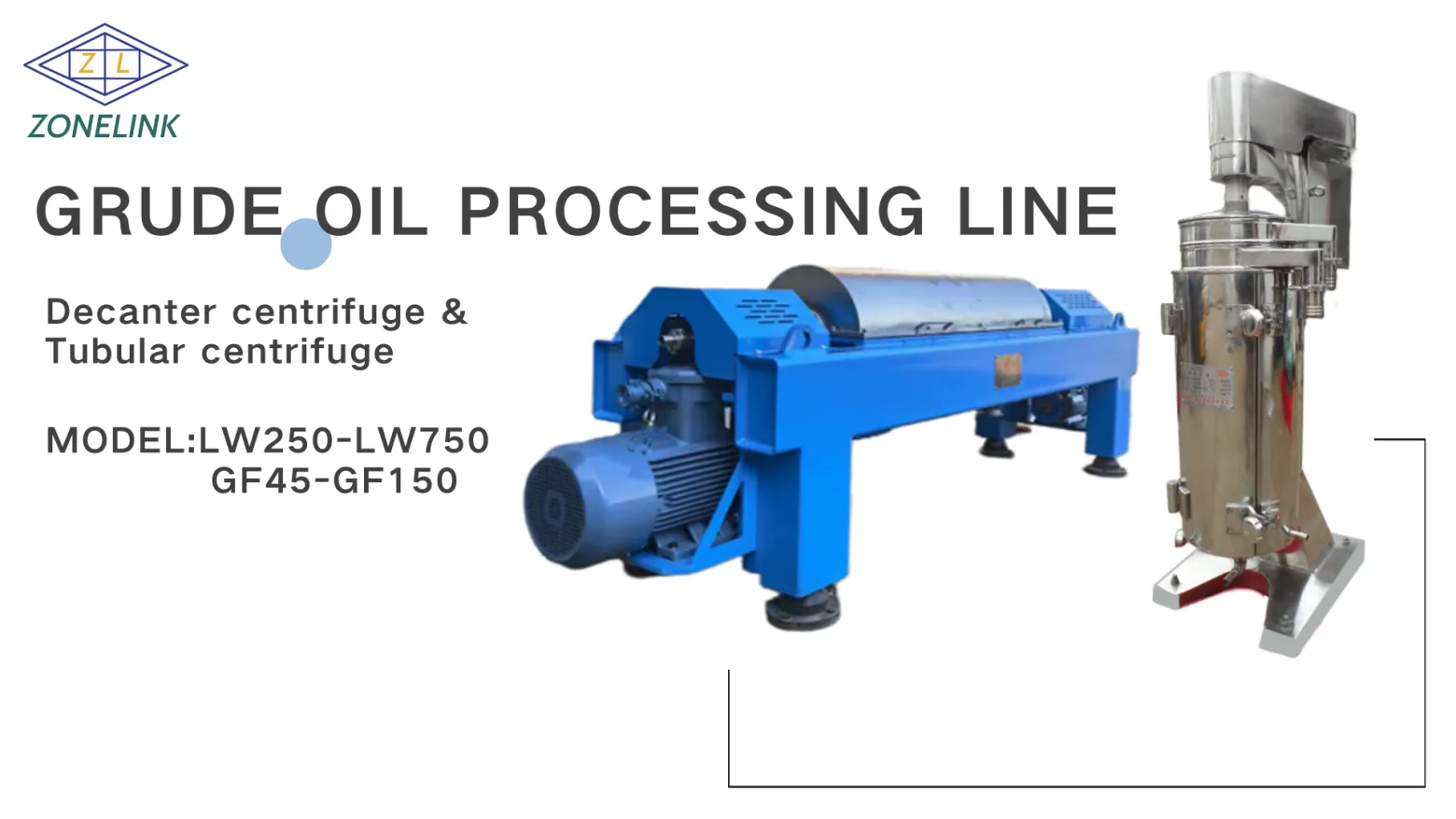When it comes to buying a centrifuge separator, understanding the specifications is crucial for making an informed decision. The specifications of a centrifuge separator can greatly impact its performance, efficiency, and overall value. In this article, we will decode the key specifications of centrifuge separators, helping you to make better buying decisions.
Capacity and Throughput
The capacity and throughput of a centrifuge separator are two of the most important specifications to consider. Capacity refers to the maximum amount of material that the separator can handle in a single batch, while throughput refers to the rate at which the separator can process material. A higher capacity and throughput can result in increased productivity and efficiency, but may also require more energy and maintenance.

Speed and RPM
The speed and RPM (revolutions per minute) of a centrifuge separator are critical specifications that affect its performance. A higher speed and RPM can result in better separation efficiency, but may also increase energy consumption and wear on the machine. It’s essential to consider the specific requirements of your application when evaluating speed and RPM.
G-Force and Separation Efficiency
G-force is a measure of the force exerted on particles during separation, while separation efficiency refers to the percentage of particles separated from the liquid or gas stream. A higher g-force can result in better separation efficiency, but may also increase energy consumption. Understanding the g-force and separation efficiency requirements of your application is crucial for selecting the right centrifuge separator.
Bowl Design and Configuration
The bowl design and configuration of a centrifuge separator play a significant role in determining its performance. Different bowl designs, such as conical or cylindrical bowls, offer varying levels of separation efficiency and capacity. Additionally, some bowls may be designed for specific applications, such as separating liquids or gases.
Materials of Construction
The materials used in constructing a centrifuge separator can greatly impact its durability, corrosion resistance, and overall performance. Common materials used include stainless steel, carbon steel, and titanium. Understanding the properties of these materials can help you select a centrifuge separator that meets your specific needs.
Motor Power and Energy Consumption
The motor power and energy consumption of a centrifuge separator are essential specifications to consider when evaluating operating costs. A more powerful motor may be required for larger or more demanding applications, but may also increase energy consumption.
Noise Level and Vibration
Noise level and vibration are important considerations when selecting a centrifuge separator. Excessive noise or vibration can lead to operator fatigue, equipment damage, or even safety hazards.

Certifications and Compliance
Finally certifications compliance regulatory standards must considered ensure safe reliable operation Centrifuges separators subject various regulations guidelines depending industry application location examples include FDA USDA CE marking etc Make sure chosen model meets necessary requirements avoid costly fines delays.
Conclusion
Decoding centrifuge separator specifications requires careful consideration several factors By understanding key specs such capacity throughput speed RPM G force bowl design configuration materials construction motor power energy consumption noise level vibration certifications compliance buyers make informed decisions choose optimal solution their needs Whether pharmaceutical food processing wastewater treatment other industries selecting right equipment critical success operations.